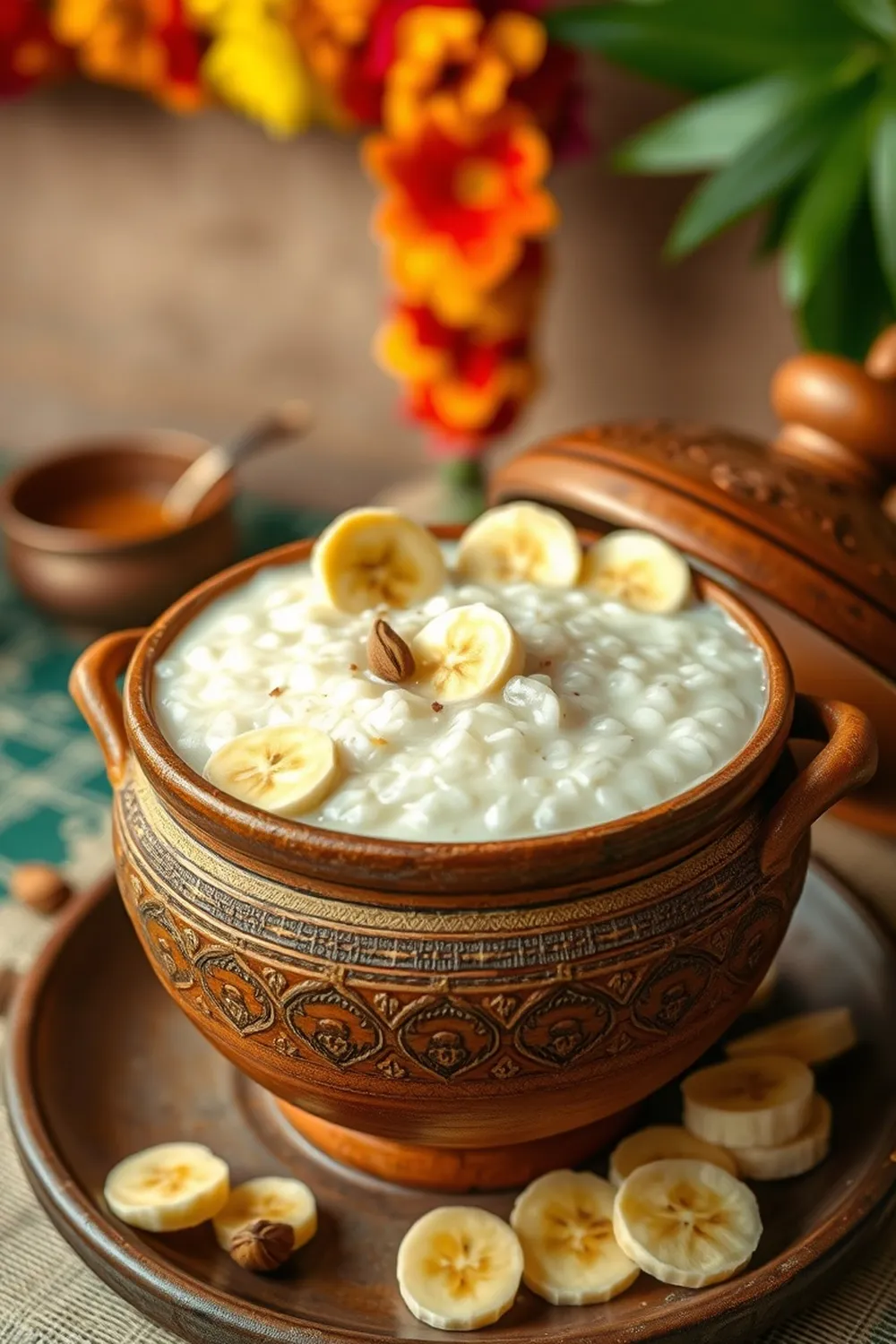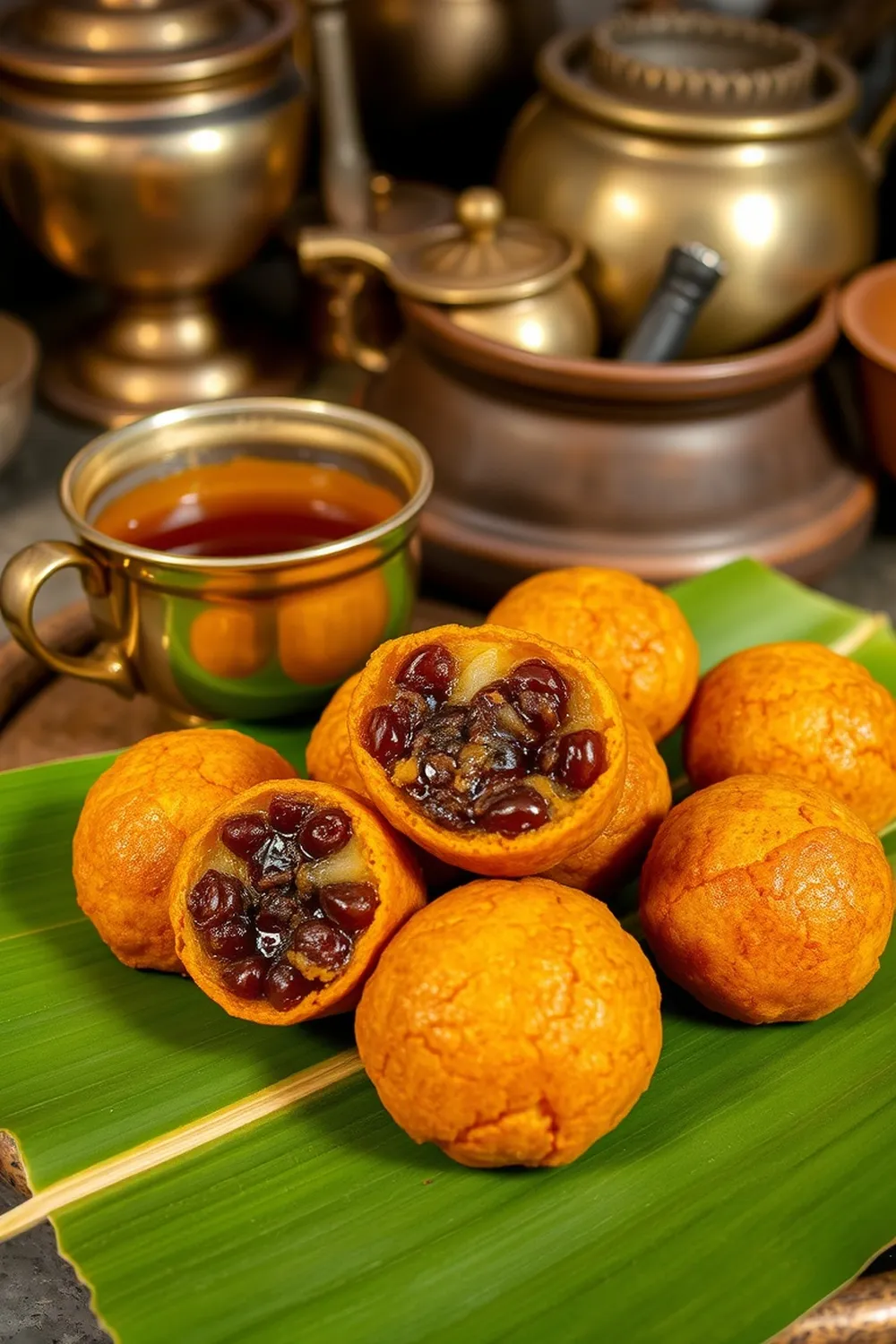- Dry roast peanuts in a heavy-bottomed pan until aromatic. Cool, then rub between your palms to remove the skins.
- Lightly dry roast fried gram (roasted chickpeas) in the same pan for 1-2 minutes. Set aside.
- Grease a plate with ghee to set the chikki mixture.
- Melt jaggery in a pan on low heat, stirring continuously to prevent burning.
- Once the jaggery turns dark amber, add ghee, then mix in the peanuts and fried gram.
- Quickly spread the mixture onto the greased plate. Flatten with a rolling pin or spatula.
- Cut into squares or shape into balls while warm (use ghee on your hands to prevent sticking).
- Cool completely before storing in an airtight container.
- Calories:200 kcal25%
- Energy:836 kJ22%
- Protein:5 g28%
- Carbohydrates:25 mg40%
- Sugar:18 mg8%
- Salt:5 g25%
- Fat:10 g20%
Last Updated on 4 months by Neha Deshmukh
Peanut Chikki Recipe – Easy Homemade Indian Jaggery Brittle
Hey everyone! If you grew up in India, chances are you have fond memories of biting into a crunchy, sweet piece of chikki. It was the snack my grandma always had on hand, and I absolutely loved it! Today, I’m sharing my go-to recipe for Peanut Chikki – it’s surprisingly easy to make at home, and tastes a million times better than store-bought. Let’s get started!
Why You’ll Love This Recipe
This Peanut Chikki (also known as peanut brittle) is the perfect blend of sweet and crunchy. It’s a classic Indian sweet that’s incredibly satisfying. Plus, it’s a fantastic make-ahead treat – perfect for festivals, gifting, or just a little something to nibble on with your evening chai. Honestly, once you make it yourself, you’ll be hooked!
Ingredients
Here’s what you’ll need to whip up a batch of this delicious chikki:
- 1 cup peanuts (about 150g)
- ¾ cup fried gram (roasted chickpeas, about 100g)
- 2 cups grated jaggery (about 300g)
- 2 tbsp ghee (about 30ml)
Ingredient Notes
Let’s talk ingredients for a sec, because quality really matters here!
- Jaggery: This is key. Good quality jaggery will give you that beautiful dark color and rich, molasses-like flavor. I prefer using organic jaggery if I can find it. You can use dark or light jaggery, but dark jaggery will give a more intense flavour.
- Peanuts: I like to use Spanish peanuts for chikki – they have a lovely flavor and crunch. But any raw peanuts will work!
- Ghee: Ghee adds a wonderful aroma and richness. Traditionally, cow ghee is used, but you can absolutely use vegetable ghee or even a neutral oil like coconut oil if you prefer. Just know that the flavour profile will change slightly.
Step-By-Step Instructions
Alright, let’s get cooking! Don’t worry, it’s simpler than it looks.
- First, dry roast the peanuts in a heavy-bottomed pan over medium heat. Keep stirring! You want them to become fragrant and lightly golden – about 5-7 minutes. Once cooled, gently rub them between your palms to remove as much of the skin as possible.
- In the same pan, lightly roast the fried gram for 1-2 minutes. This just enhances their crunch. Set aside.
- Now, grease a plate with a little ghee. This is important – it prevents the chikki from sticking like crazy!
- Time for the jaggery. Melt the grated jaggery in a pan on low heat. Stir constantly to prevent it from burning. Patience is key here!
- Keep stirring until the jaggery turns a dark amber color and starts to bubble. This is when you add the ghee. Mix well.
- Quickly add the roasted peanuts and fried gram to the melted jaggery. Mix everything together really quickly, ensuring everything is well coated.
- Pour the mixture onto the greased plate. Using a rolling pin (greased, of course!) or a spatula, quickly flatten the mixture into a thin, even layer. Work fast – it sets quickly!
- Let it cool completely. Once cooled, break it into squares or shape it into balls (again, ghee on your hands helps!).
Expert Tips
Here are a few things I’ve learned over the years:
- Low and Slow: Melting the jaggery on low heat is crucial. Burnt jaggery = bitter chikki.
- Work Quickly: Once you add the nuts to the jaggery, you need to move fast! It sets up quickly.
- Grease Everything: Seriously, grease the plate and your hands. You’ll thank me later.
Variations
Want to switch things up? Here are a few ideas:
- Vegan Adaptation: Swap the ghee for a vegan ghee alternative or coconut oil.
- Sugar Substitute Adaptation: While traditional chikki uses jaggery, you can experiment with other sweeteners like coconut sugar, but the flavour will be different.
- Spice Level: Add a tiny pinch of cardamom powder to the jaggery while it’s melting for a warm, fragrant twist. My mom always did this!
- Regional Variations: Maharashtra-style chikki often includes a touch of sesame seeds. North Indian versions sometimes use a mix of nuts like almonds and cashews.
Serving Suggestions
Honestly, Peanut Chikki is perfect just as it is! It’s a great snack on its own, or you can pair it with a cup of masala chai. It’s also a lovely addition to a festive sweet platter.
Storage Instructions
Store the cooled chikki in an airtight container at room temperature. It should stay fresh for up to a week, but let’s be real, it probably won’t last that long!
FAQs
Let’s answer some common questions:
- What type of jaggery is best for chikki? Dark jaggery gives the most authentic flavour, but light jaggery works too.
- Can I use other nuts instead of peanuts? Absolutely! Almonds, cashews, or a mix of nuts are all delicious.
- How do I prevent the chikki from becoming too hard? Don’t overcook the jaggery. Once it reaches a dark amber color, it’s ready.
- What is the shelf life of homemade chikki? About a week, stored in an airtight container.
- Why is ghee important in this recipe? Ghee adds flavour, richness, and helps prevent the chikki from sticking.
Enjoy making this classic Indian treat! I hope this recipe brings a little bit of sweetness to your day. Let me know how it turns out in the comments below!










